Overview of Smirnoff Vodka
Smirnoff is a ubiquitous brand in the vodka industry and is recognised as one of the largest vodka producers worldwide. Originating from Russia, the history of Smirnoff vodka starts with its founder, Pyotr Smirnov. He established his vodka distillery in Moscow in the mid-19th century. The brand has seen vast growth and international expansion over the years.
As the vodka brand transitioned to new ownership and global distribution, Smirnoff eventually became a cornerstone product of the British spirits company Diageo. In the United States and globally, Smirnoff has a solid footprint and is noted for its affordability and variety.
The vodka produced by Smirnoff is primarily made from corn, making it a suitable option for those who have gluten intolerance. It comes in various proofs, with 80 proof (40% ABV) being the standard offering, and 100 proof (50% ABV) available for those who prefer a stronger vodka.
Smirnoff offers an extensive selection of flavours, catering to a broad range of tastes and preferences. The brand prides itself on the versatility of its vodka, which can be enjoyed neat, with mixers, or as a base in a multitude of cocktails.
| Product Type | Size | ABV |
|---|---|---|
| Classic Smirnoff No.21 Vodka | 750ml – 1.75L | 80 Proof (40% ABV) |
| Smirnoff 100 Proof Vodka | 750ml | 100 Proof (50% ABV) |
| Flavoured Vodka | Various | Typically 70-80 Proof (35-40% ABV) |
These products are strategically priced to appeal to a broad market, making Smirnoff a stalwart name within the vodka industry.
Smirnoff Bottle Varieties
Smirnoff offers a range of products that cater to different preferences, from their standard offerings to their extensive array of flavoured vodkas. Below is a take on the different bottle varieties that one can find from this well-known vodka brand.
Standard Smirnoff Offerings
The standard range includes Smirnoff No. 21, commonly known as Smirnoff Red Label, which is a classically clear vodka with a purity that makes it a versatile choice for mixed drinks. It holds a 40% Alcohol By Volume (ABV) ratio and is available across various bottle sizes, catering to both occasional buyers and dedicated enthusiasts. Then there is Smirnoff 100 Proof, known as Smirnoff Blue Label, which is a higher strength offering at 50% ABV, designed for those who prefer a stronger option.
| Bottle Type | ABV | Description |
|---|---|---|
| Smirnoff No. 21 | 40% | The staple red label vodka for mixing |
| Smirnoff Blue Label | 50% | The staple red-label vodka for mixing |
Smirnoff Flavoured Varieties
Smirnoff also indulges those who enjoy flavoured vodkas with a diverse portfolio that includes a wide range of tastes. From fruity to dessert-inspired, these variants usually have a lower alcohol content compared to their pure counterparts and are ideal for those who appreciate a nuanced drinking experience. Notably, the flavoured bottles maintain a standard of quality while delivering innovation in taste.
| Flavour Category | Specific Flavours | ABV |
|---|---|---|
| Fruity | Green Apple, Orange | Various, typically around 35% |
| Dessert | Vanilla, Caramel | Various, typically around 35% |
These flavoured vodkas are typically provided in Smirnoff Red Vodka bottles marked with distinct colours and labels to reflect the individuality of each flavour. The brand ensures that there is a flavoured vodka almost for every palate, with Smirnoff proudly boasting a total of 29 delightful flavour selections according to current data.
Understanding Proof and ABV
In the context of Smirnoff Vodka and its various offerings, understanding the concepts of proof and Alcohol By Volume (ABV) is essential for consumers to gauge the strength of their chosen spirit.
Defining Proof and Its Importance
Proof is a measure of the strength of an alcoholic beverage. Specifically, in the United States, proof is twice the percentage of alcohol by volume (ABV). For example, a spirit that is 40% ABV will be 80 proof. This measurement is crucial because it helps consumers understand the alcohol content in Smirnoff vodkas, allowing them to make informed decisions based on potency. Smirnoff No. 21 Vodka, a renowned product from the brand, is typically 80 proof, thereby containing 40% ABV.
ABV Standards across Regions
Alcohol By Volume (ABV) indicates the amount of alcohol as a percentage of the total volume of liquid in a bottle. ABV standards can vary by region, but for simplicity, many countries now use ABV as a standard measure. It is important to note that Smirnoff offers different ABVs to cater to varying preferences. For instance, Smirnoff No. 57 100 Proof Vodka has an ABV of 50%, making it a stronger choice in comparison to their classic No. 21 Vodka. Smirnoff No. 27 Silver 90 Proof Vodka falls between these two, providing a slightly higher ABV than No. 21, offering a distinct character for those who seek a different experience.
Comparative Pricing Analysis
This section provides a detailed overview of Smirnoff vodka prices, offering a comparison by bottle size and how these prices stack up against competing brands in the market.
Price Points by Bottle Size
Smirnoff offers a range of bottle sizes with varying price points that cater to different consumer needs. The most common bottle size, the 750ml, typically falls within the price range of £7.99 to £11.99. The pricing varies slightly across regions and retailers.
| Bottle Size | Average Price (GBP) |
|---|---|
| 750ml | £7.99 – £11.99 |
| 1L | £8.99 – £13.99 |
Market Comparison with Other Brands
When comparing Smirnoff to other brands such as Absolut, Pinnacle, Skyy, Svedka, and Grey Goose, it’s noticeable that Smirnoff positions itself as an affordable option without compromising on quality. While Grey Goose might sit at a higher price point offering a premium option, brands like Svedka and Pinnacle frequently match Smirnoff’s pricing strategy.
For example, a 750ml bottle of Absolut usually retails slightly higher than Smirnoff, starting from around £11. Conversely, Svedka might be found for a comparable or occasionally lower price point, potentially starting from £7.50 for the same bottle size. Smirnoff’s broad appeal and competitive pricing allow it to remain a prominent choice in the vodka market.
Smirnoff in the Cocktail Culture
Smirnoff, a renowned vodka brand, has solidly entrenched itself within cocktail culture through its versatility in creating diverse drink experiences. Whether it’s a smooth espresso martini or a refreshing mule, Smirnoff serves as a mainstay in mixology.
Popular Smirnoff-Based Cocktails
This vodka’s adaptability shines in a range of cocktails, beloved at game days and festive gatherings alike.
- Moscow Mule: A timeless classic combining Smirnoff, spicy ginger beer, and a dash of lime juice, typically served in a copper mug.
- Espresso Martini: This energising concoction blends Smirnoff with espresso and a hint of coffee liqueur, offering a sophisticated, creamy delight.
- Smirnoff Ice: While not a cocktail mix itself, this ready-to-drink malt beverage delivers a citrusy zest, ideal for those seeking a lighter alternative.
Mixology with Smirnoff
In mixology, Smirnoff’s range allows both amateur and professional mixologists to explore and create. Its varieties, from the standard 80-proof (40% ABV) vodka to the multitude of flavoured selections, offer expansive possibilities for cocktail crafting.
- Martini Variations: Smirnoff serves as an excellent base for martinis, from the classic dry version to fruit-infused iterations.
- Cocktail Innovations: The 29 different flavour options provide ample room for experimentation, enabling unique twists on old favourites and the birth of new, signature cocktails.
The vodka brand remains central to cocktail menus and is a reliable choice for various occasions and celebrations, underpinning its status in cocktail culture.
Production Processes
The production of Smirnoff Vodka is rooted in a meticulous distillation and filtration process, leveraging select grains. These methods are central to the creation of a smooth taste that is both pure and distinctive.
Distillation and Filtration Techniques
Smirnoff Vodka is distilled at 40% alcohol by volume. The spirit is passed through a series of distillation steps to refine its purity and flavour. Following this, a ten-stage charcoal filtration method is employed, which is pivotal in removing impurities. This thorough filtration ensures that Smirnoff Vodka attains its signature clarity and smoothness, making it an easy-to-drink spirit.
Raw Ingredients Used in Smirnoff
The primary raw ingredients used in the production of Smirnoff Vodka include a blend of grains, specifically corn, wheat, and rye. No mention of potatoes is made in the context of Smirnoff’s production, which is often the case for some other vodka brands. These grains are carefully selected to achieve a perfect balance that contributes to Smirnoff Vodka’s characteristic taste profile, which includes light grain and subtle citrus hints.
Consumer-Centric Offerings
Smirnoff’s product range is meticulously designed to cater to diverse consumer preferences and dietary restrictions, placing customer satisfaction at the heart of its offerings.
Diet-Specific Smirnoff Products
Smirnoff accommodates health-conscious consumers with gluten-free options, ensuring that individuals with gluten intolerance can enjoy their products without concern. Additionally, the brand has responded to the growing demand for lower-calorie drinks with the introduction of the Smirnoff Zero Sugar Line. This line offers a guilt-free experience for those monitoring their sugar intake, while not compromising on taste.
Smirnoff also recognises the dietary choices of vegans by providing vegan-friendly vodkas. Their traditional vodka is distilled from corn, making it suitable for a vegan diet and ensuring a wide consumer base can enjoy their products.
Smirnoff’s Flavoured Drink Options
One of Smirnoff’s strengths lies in its extensive range of flavoured vodka options. These include a variety of fruit-inspired flavours such as berry, citrus, and tropical, appealing to palates that prefer a fruity twist to their spirits.
- Berry: Combining notes from a selection of summer berries, Smirnoff offers berry-flavoured vodka that pairs well with mixers like cranberry juice.
- Citrus: Their citrus-flavoured vodka is zesty and refreshing, perfect for cocktails involving a splash of lime juice or orange juice.
- Tropical: For a more exotic touch, Smirnoff’s tropical flavours transport the consumer to sunny getaways with each sip.
These flavoured vodkas serve not only as standalone drinks but also as versatile bases for a plethora of mixed drinks and cocktails.
Smirnoff’s consumer-centric approach is evident in its efforts to provide a portfolio of products that satisfy the taste and dietary needs of its customers.
Global Brand Footprint
The Smirnoff brand, with roots tracing back to 19th-century Russia, has successfully established itself as a prominent fixture in the global spirits industry. Today, the brand’s presence is felt across diverse regions, a testament to its attention to both broad appeal and regional tastes.
In the United States, Smirnoff has a considerable market share. It maintains production within the region, catering to the local preference for a vibrant cocktail culture. Smirnoff vodka’s versatility is a selling point here, frequently a choice for an array of both classic and innovative mixed drinks.
Moving to India, the brand has tailored its offerings to align with local flavours and drinking habits. Smirnoff ensures that its vodka resonates with the palate preferences in the region while observing the country’s regulations and cultural nuances.
The brand has seen significant sales volumes across various markets, as highlighted in Poland and France. The preference for ‘dry’ vodka has been skilfully captured by Smirnoff, enhancing its product lineup to reflect these tastes.
Smirnoff’s accolades, such as those from the San Francisco World Spirits competition, further cement its status as a respected global entity, influencing consumer confidence and brand trust. These recognitions underline the brand’s commitment to quality across its widespread geographical reach.
Through dedicated regional adaptation and unwavering quality, Smirnoff has effectively mastered an expansive and influential global brand footprint, connecting with diverse consumers around the world.
Evolution and Historical Context
As readers delve into the rich tapestry of Smirnoff’s history, they will discover the transformation of a simple Russian distillery to an international vodka brand shaped by pivotal historical events.
From Smirnov to Smirnoff
Pyotr Arsenyevitch Smirnov established his distillery in Moscow, Russia, in 1864. Originally spelled ‘Smirnov’, the brand’s identity was synonymous with Russian vodka production. Smirnov’s innovative charcoal filtration method elevated the quality of his vodka, contributing significantly to the brand’s reputation. As the business passed through the hands of the Smirnov family, political upheaval and the Bolshevik Revolution adversely affected their operations.
Impact of Historical Events on Brand
The Bolshevik Revolution of 1917 marked a turning point for the Smirnov brand. As the political landscape of Russia underwent radical changes, the Smirnov family lost the distillery amidst nationalisation policies. Eventually, the operation was re-established outside Russia, leading to the rebranding of ‘Smirnoff’. John Martin, an American businessman, played a crucial role in the brand’s resurrection and global recognition by purchasing the rights to sell Smirnoff vodka in the United States in the 1930s. Under his guidance, Smirnoff began its journey as an internationally renowned vodka brand.


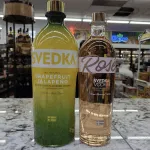


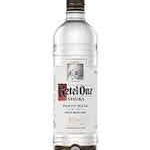
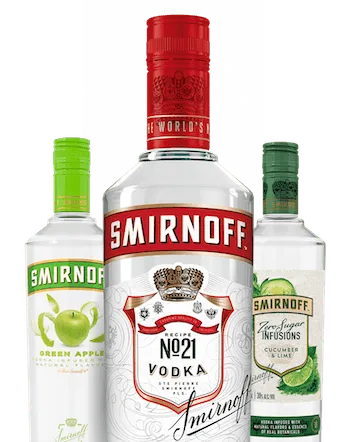
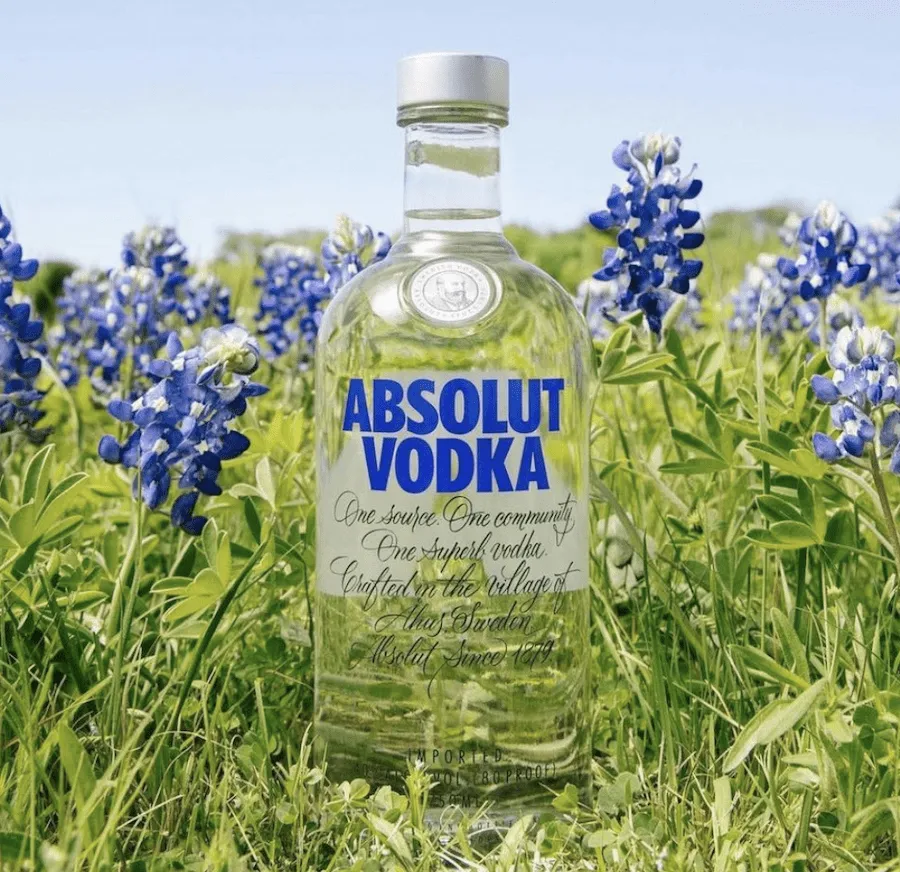
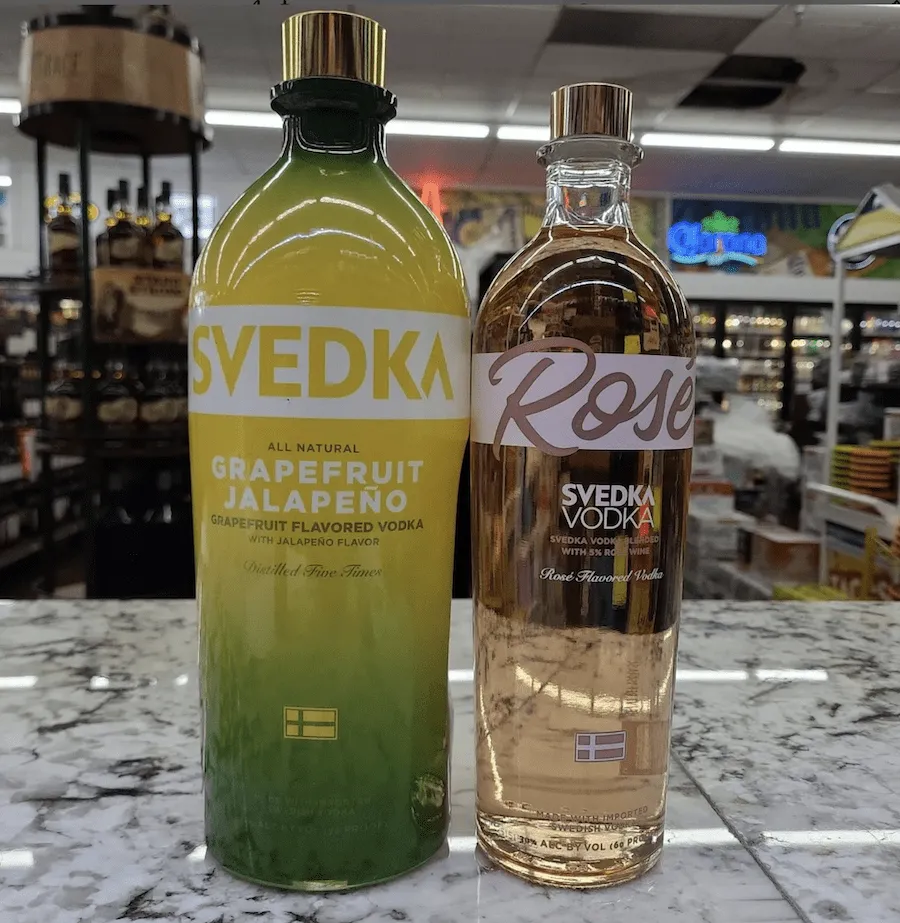
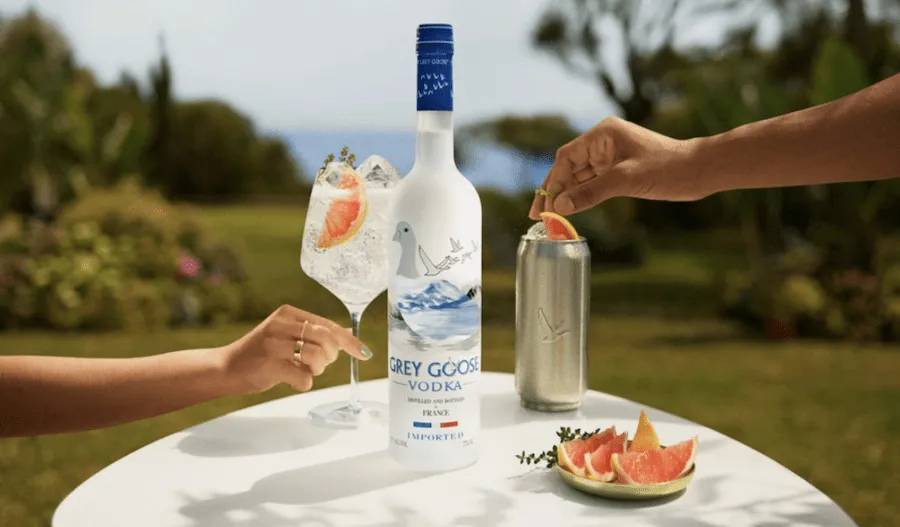
I like that you give alternative brands. Thank you